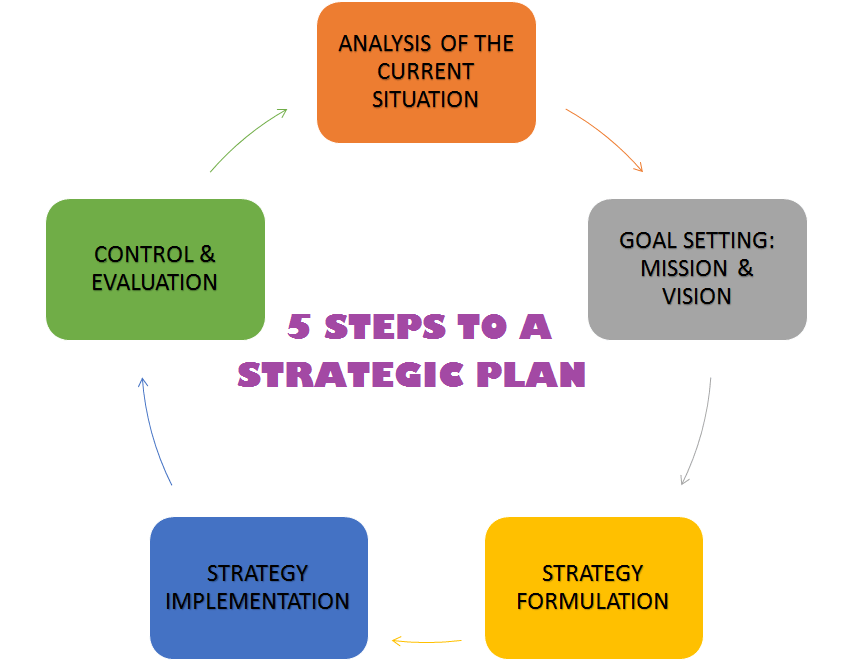Introduction
Leadership involves setting and achieving strategic goals through unwavering vision. This process requires clear objectives, meticulous planning, and effective execution. By fostering a culture of innovation and resilience, leaders can navigate challenges, inspire teams, and ultimately drive sustained success in their organizations.
Strategic goals are the lifeblood of any successful organization. They guide decision-making, align resources, and provide a roadmap for future success. For leaders, setting and achieving these goals is a testament to their vision and capability. Understanding the intricate process of setting and realizing strategic goals is essential for any leader aiming to leave a lasting impact.
Understanding Strategic Goals

Strategic goals are long-term objectives that drive an organization towards its vision. Unlike tactical goals, which focus on short-term tasks and specific actions, strategic goals are broader and encompass the overarching ambitions of an organization. They require a clear understanding of where the organization wants to be in the future and a plan to get there.
The Role of Vision in Leadership
Vision in leadership is the ability to see beyond the present and imagine a future that is significantly better than today. This vision is the foundation upon which strategic goals are built. It serves as a guiding star, ensuring that every goal set aligns with the broader aspirations of the organization. A leader’s vision inspires and motivates the team, fostering a sense of purpose and direction.
Components of Effective Strategic Goals
Effective strategic goals possess certain characteristics that make them attainable and impactful. They must be specific, clearly defining what is to be achieved. Measurability ensures that progress can be tracked and assessed. Goals should be achievable, yet challenging enough to drive progress. They must be relevant, aligning with the organization’s mission and vision. Finally, strategic goals should be time-bound, with clear deadlines to maintain focus and urgency.

Assessing the Current Situation
Before setting strategic goals, it’s crucial to understand the current state of the organization. A SWOT analysis helps identify strengths, weaknesses, opportunities, and threats, providing a comprehensive view of the organization’s internal and external environment. Recognizing core competencies and areas for improvement is essential in setting realistic and impactful goals.
Setting Strategic Priorities
Not all goals are created equal. To ensure effective progress, goals must be prioritized based on their impact and feasibility. Aligning goals with the organization’s vision and mission ensures coherence and relevance. High-impact goals that are achievable within available resources should take precedence, guiding the organization towards its strategic vision.
Involving Stakeholders in the Goal-Setting Process
Stakeholder engagement is critical in setting strategic goals. Involving stakeholders, including employees, customers, and partners, ensures that diverse perspectives are considered, fostering buy-in and commitment. Methods such as workshops, surveys, and collaborative meetings can be used to gather input and build consensus.
Creating a Strategic Plan
A strategic plan outlines the steps necessary to achieve the set goals. It includes detailed action plans, timelines, and resource allocations. Tools such as the Balanced Scorecard, PEST analysis, and Porter’s Five Forces can provide frameworks for comprehensive strategic planning. A well-crafted plan ensures that everyone in the organization understands their role in achieving the goals.
Communicating Strategic Goals
Clear and effective communication of strategic goals is vital for success. Leaders must articulate the goals, the reasons behind them, and the expected outcomes. Using various communication channels and techniques ensures that the message reaches all members of the organization, fostering understanding and commitment.
Implementing Strategic Goals
Implementation involves putting the strategic plan into action. This requires developing a detailed action plan, assigning responsibilities, and allocating resources. Ensuring that each team member understands their role and has the necessary resources is crucial for successful implementation.
Monitoring and Evaluating Progress
Monitoring progress through key performance indicators (KPIs) allows leaders to track advancements towards strategic goals. Regular progress reviews and adjustments ensure that the organization stays on course. Evaluation provides insights into what is working well and what needs improvement.
Overcoming Obstacles and Challenges
Challenges are inevitable in the pursuit of strategic goals. Common obstacles include resource constraints, resistance to change, and unforeseen external factors. Leaders must be proactive in identifying and addressing these challenges, using strategies such as contingency planning, stakeholder engagement, and flexible resource management.
Adapting to Change
The ability to adapt to change is a hallmark of successful strategic planning. Organizations must be flexible, ready to adjust goals and plans in response to new information and changing circumstances. This adaptability ensures resilience and sustained progress.
Celebrating Milestones and Successes
Recognizing and celebrating milestones and successes is crucial for maintaining momentum and motivation. Acknowledging achievements boosts morale and reinforces the value of the strategic goals. Celebrations can take various forms, from formal recognition events to informal team gatherings.
Continuous Improvement
The journey towards achieving strategic goals is ongoing. Continuous improvement involves learning from past experiences, refining strategies, and setting new goals. This iterative process ensures that the organization remains dynamic and responsive to changing conditions.
Setting and achieving strategic goals is a complex yet rewarding endeavor. Leaders who master this process can guide their organizations towards sustained success, driven by an unyielding vision and a commitment to excellence.
Conclusion
In conclusion, setting and achieving strategic goals requires more than just a plan; it demands unyielding vision and leadership. By understanding the components of effective strategic goals, involving stakeholders in the process, and communicating goals clearly, leaders can align their organizations towards a common vision. Implementation, monitoring, and adaptation are essential for overcoming challenges and ensuring progress.
Successful leaders celebrate milestones and continuously strive for improvement, recognizing that strategic goals are not just endpoints but part of an ongoing journey. With perseverance and a clear vision, leaders can navigate their organizations through change and uncertainty, achieving success and leaving a lasting legacy of effective leadership.
For more content follow Humstory.













